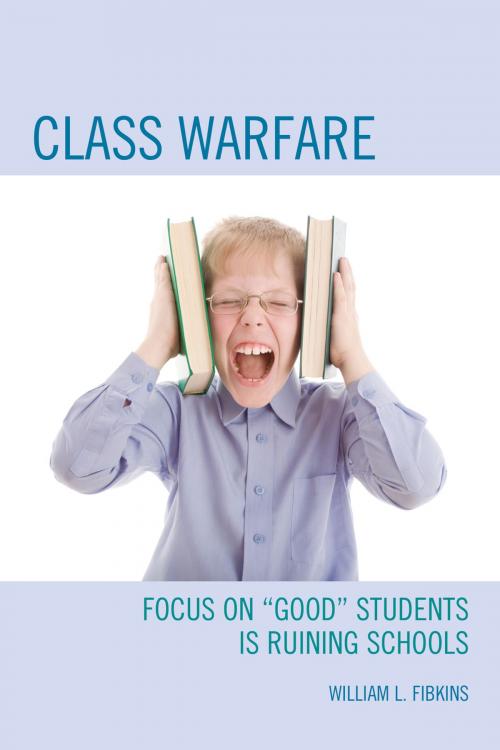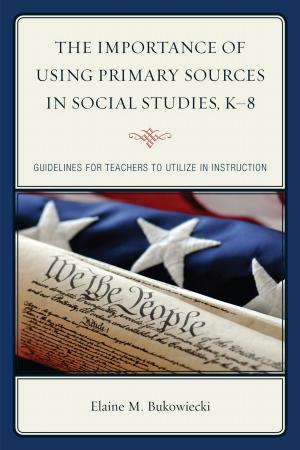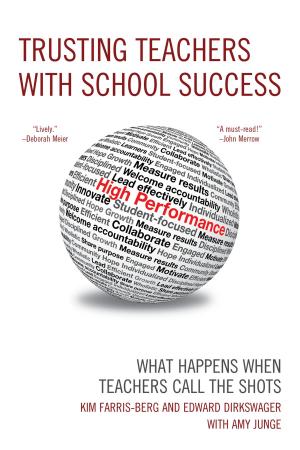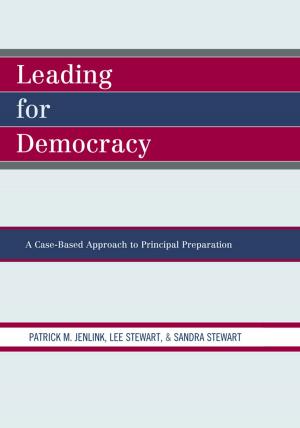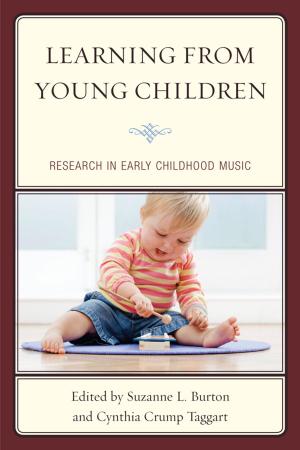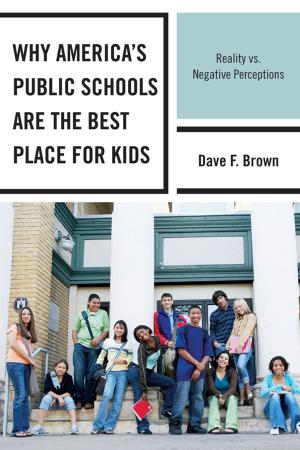Class Warfare
Focus on "Good" Students Is Ruining Schools
Nonfiction, Reference & Language, Education & Teaching, Educational Theory, Educational Reform, Administration| Author: | William L. Fibkins | ISBN: | 9781475800142 |
| Publisher: | R&L Education | Publication: | March 8, 2013 |
| Imprint: | R&L Education | Language: | English |
| Author: | William L. Fibkins |
| ISBN: | 9781475800142 |
| Publisher: | R&L Education |
| Publication: | March 8, 2013 |
| Imprint: | R&L Education |
| Language: | English |
With budget cuts looming every year, administrators and union leaders find themselves in a never-ending game of promoting how good their school is and why budget cuts will derail their ongoing success. The vehicle they choose for this ongoing self-promotion is what William Fibkins calls the “dazzle” approach, which focuses only on “good news.” Overtime administrators and staff often come to believe the positive reviews of the good news process and overlook or abandon those students who don’t make good news but instead act out, fail, cause trouble and give the school a bad name. These are the “bad news” kids, and their lives are not newsworthy.
This book is about the unintended consequences that can occur when the "good news” process becomes heavily embedded in school life -- a process that creates two different worlds in a school community that often prides itself on fostering unity and belonging. The school media promotions may say “All is well here,” but this positive spin belies the divisions that breed isolation and estrangement for both the “good news” and “bad news” kids, which gives rise to class warfare in the school community.
In a culture in which some students are valued as more worthy than others, being a more worthy student can have a serious downside that is as risky as being an unworthy student. This book explores these often hidden consequences and what school and community leaders need to do to right this sinking ship – a ship that seems sturdy and well-built to onlookers but is abusing its crew to keep afloat.
Some schools operate on a system which uses high achieving students as a commodity to pass school budgets and downplays the cries of troubled students to be included in “their” school. Good news gets headlines while bad news is shifted to the back page or left out, resulting in an “all is well, problem-free” picture of the school.
With budget cuts looming every year, administrators and union leaders find themselves in a never-ending game of promoting how good their school is and why budget cuts will derail their ongoing success. The vehicle they choose for this ongoing self-promotion is what William Fibkins calls the “dazzle” approach, which focuses only on “good news.” Overtime administrators and staff often come to believe the positive reviews of the good news process and overlook or abandon those students who don’t make good news but instead act out, fail, cause trouble and give the school a bad name. These are the “bad news” kids, and their lives are not newsworthy.
This book is about the unintended consequences that can occur when the "good news” process becomes heavily embedded in school life -- a process that creates two different worlds in a school community that often prides itself on fostering unity and belonging. The school media promotions may say “All is well here,” but this positive spin belies the divisions that breed isolation and estrangement for both the “good news” and “bad news” kids, which gives rise to class warfare in the school community.
In a culture in which some students are valued as more worthy than others, being a more worthy student can have a serious downside that is as risky as being an unworthy student. This book explores these often hidden consequences and what school and community leaders need to do to right this sinking ship – a ship that seems sturdy and well-built to onlookers but is abusing its crew to keep afloat.
Some schools operate on a system which uses high achieving students as a commodity to pass school budgets and downplays the cries of troubled students to be included in “their” school. Good news gets headlines while bad news is shifted to the back page or left out, resulting in an “all is well, problem-free” picture of the school.
